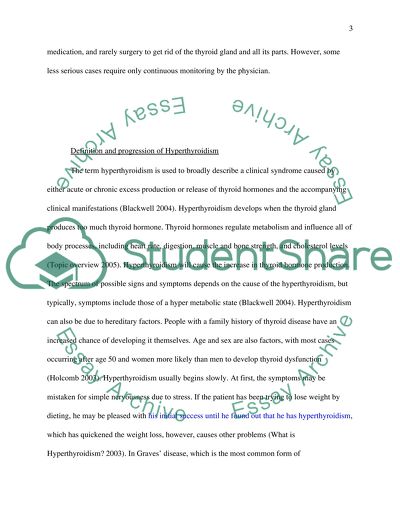Cite this document
(“Hyperthyroidism Essay Example | Topics and Well Written Essays - 1500 words”, n.d.)
Retrieved from https://studentshare.org/health-sciences-medicine/1514971-hyperthyroidism
Retrieved from https://studentshare.org/health-sciences-medicine/1514971-hyperthyroidism
(Hyperthyroidism Essay Example | Topics and Well Written Essays - 1500 Words)
https://studentshare.org/health-sciences-medicine/1514971-hyperthyroidism.
https://studentshare.org/health-sciences-medicine/1514971-hyperthyroidism.
“Hyperthyroidism Essay Example | Topics and Well Written Essays - 1500 Words”, n.d. https://studentshare.org/health-sciences-medicine/1514971-hyperthyroidism.


